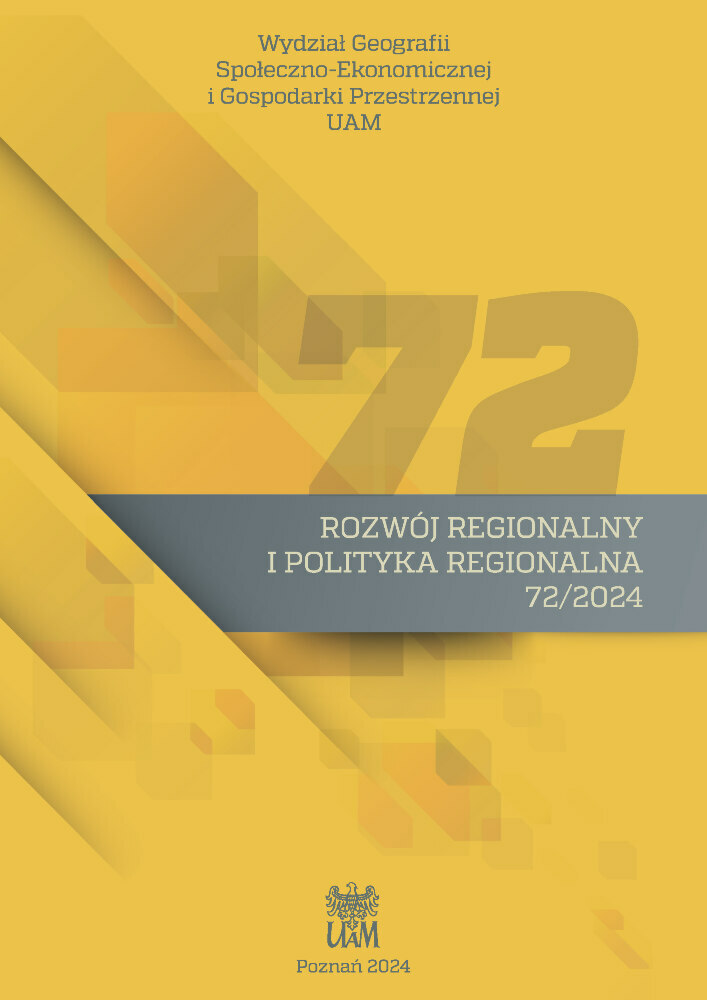Tax expenditures w gminach województwa
wielkopolskiego
Tax expenditures in municipalities in Wielkopolskie voivodeship
Author(s): Paweł MotekSubject(s): Governance, Economic policy, Fiscal Politics / Budgeting
Published by: Uniwersytet Adama Mickiewicza
Keywords: tax expenditures; local taxes; wielkopolskie voivodship; panel models;
Summary/Abstract: The aim of the article is to present the spatial differentiation of tax expenditures in mu-nicipalities of Wielkopolskie Voivodeship and to identify factors explaining this differentiation. Taxexpenditures should be understood as the lost tax revenue related to the applied tax preferences. The study covered four local taxes, i.e. real estate tax, agricultural tax, forestry tax and vehicle tax,for which municipalities have limited tax authority. Panel models were used in the empirical analysisand the study covered 226 municipalities in Wielkopolskie Voivodeship in the period 2013–2022.The study showed that municipalities in Wielkopolskie Voivodeship apply tax preferences to a vary-ing extent, which translates into varying amounts of lost tax revenue. Between 2013 and 2022, theamount of tax expenditures amounted to PLN 5.2 billion, which accounted for 5.6% of own income.During the period under review, the largest tax preferences were introduced in the municipalityof Suchy Las (nearly PLN 190 million), while the smallest were introduced in the municipality ofLuboń (PLN 9.5 million). Interestingly, both of these municipalities are adjacent to Poznań, but theformer is a rural municipality and the latter an urban one. The most important factors explaining thevariation in tax expenditures in the municipalities of Wielkopolskie Voivodeship were the tax policypursued in neighbouring municipalities and wealth. Decisions to introduce tax preferences taken ina given unit are a response to what is happening in neighbouring units. The use of tax expendituresis thus driven by the desire to maintain and increase political capital, which is best explained by theconcept of yardstick competition. Wealthy municipalities with a high level of own income try to en-gage in competition with neighbouring municipalities by means of applied tax preferences. The roleof aspects such as population density and the electoral cycle in explaining the spatial variation of taxexpenditures in the municipalities of Wielkopolskie Voivodeship was much smaller. Only in the caseof agricultural, the size of the municipality mattered. The smaller the municipality, the higher the taxexpenditures. This indicates that less anonymity and closer and more frequent contact between thegovernment and residents lead to a wider use of tax preferences.
Journal: Rozwój Regionalny i Polityka Regionalna
- Issue Year: 2024
- Issue No: 72
- Page Range: 341-359
- Page Count: 19
- Language: Polish

